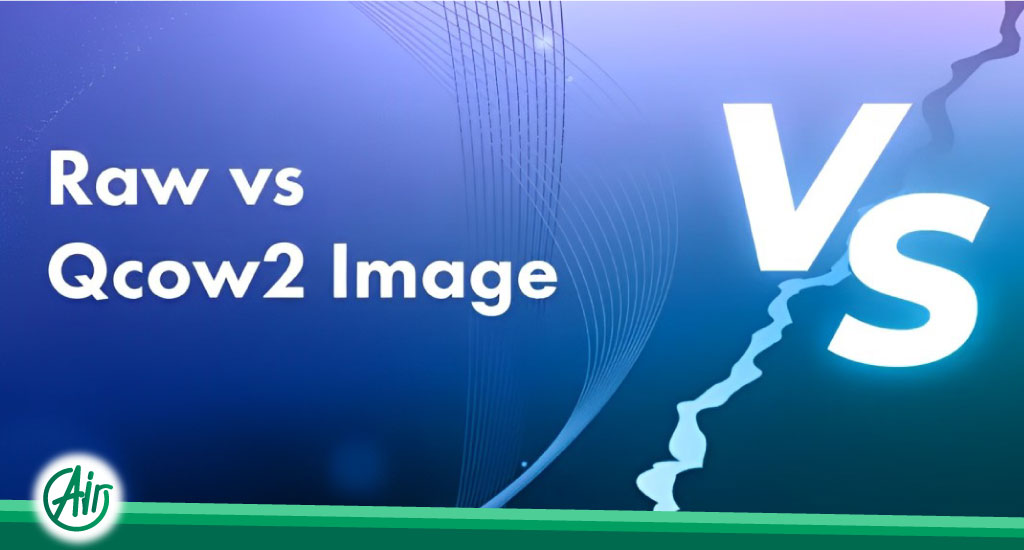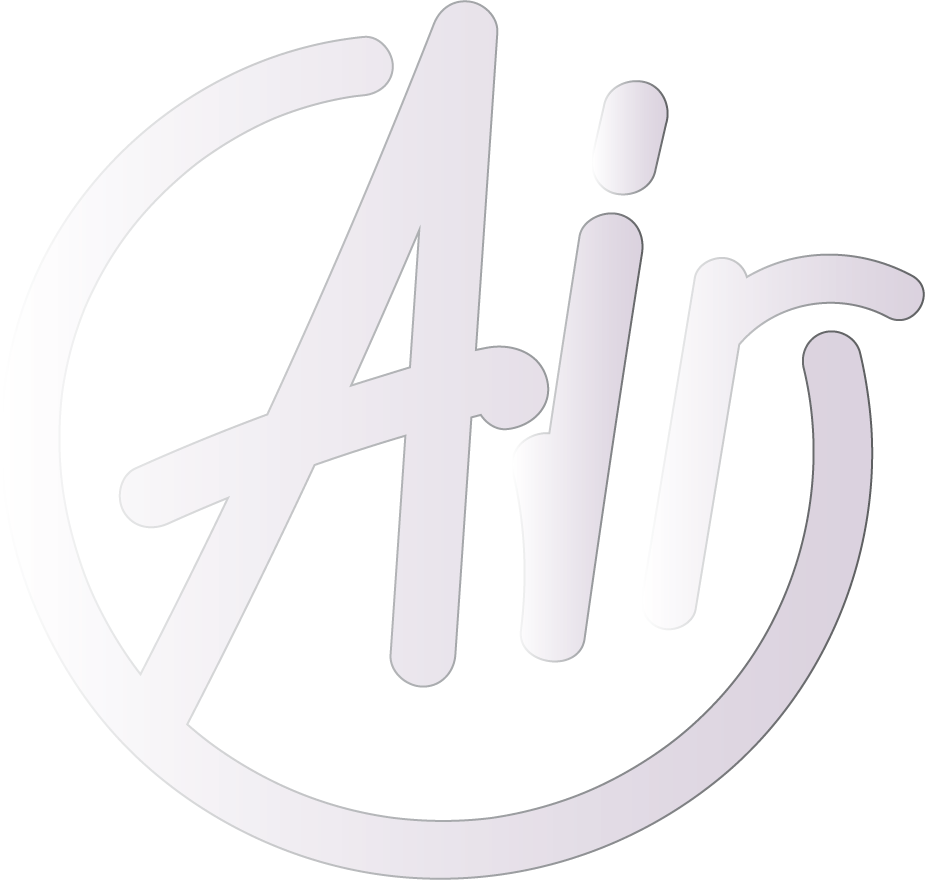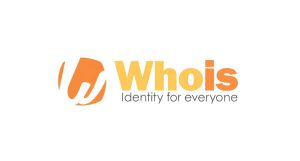Raw vs. Qcow2
In the realm of virtual machines, data performance and security is everything. In this section, we familiarize ourselves with two types of data storage formats on virtual servers: Raw and Qcow2, and we will examine the advantages of each. For improving data performance and security, the snapshot method, a solution for capturing the state of a virtual machine at a specific point for restoration, testing, and disaster recovery, is discussed.
Raw format
Raw means being in a natural state and an unformatted disk. In Linux, a raw image is a type of pure binary image. In a file system supporting scattered files, a raw image only occupies the actual storage memory of the data. Due to the raw characteristic of raw format images, this format is very similar to a physical drive, which means its performance is outstanding. Also, due to having this feature, the capability of being directly attached to a vm is possible. Another great feature of this format is the possibility of converting raw format images to other storage formats like the vmdk format.
Advantages
Performance: RAW provides the best possible read/write performance as there is no extra processing involved. This is ideal for virtual machines that require maximum speed.
Simplicity: RAW is a globally recognized format that makes it compatible with most virtualization platforms.
Disadvantages
Need for high storage space: RAW images are complete versions that require a significant amount of storage space. This can put pressure on resources.
Management complexity: Recovering a RAW instant image involves replacing the entire VM disk, which can be cumbersome for large virtual machines.

Qcow2 format
Qcow2 stands for QEMU Copy on Write 2. This format is for virtual images supported by the QEMU emulator. This format, like raw, is popular and is used today. The following are notable features of this format:
-Qcow2 images occupy less space as they do not support empty spaces. Generally, an image with Qcow2 format is more compact than a raw image. The file only increases in size when the disk space is actually occupied by the virtual machine. This reduces the drive during migration, making it better for cloud computing systems.
-Images with Qcow2 format support snapshots, and an image can contain multiple snapshots.
-Qcow2 can use zlib compression and allows each cluster to use zlib compression independently.
-Qcow2 can use AES encryption, meaning it supports a 128-bit key for encryption.
Advantages
Storage efficiency: QCOW2 snapshots are much more compact than RAW instances and are ideal for frequent backups and limited storage environments.
Flexibility: You can chain several snapshots with QCOW2 format, allowing you to effectively revert to previous VM states.
Disadvantages
Performance overhead: Processing “instructions” of QCOW2 can create lower performance compared to RAW.
Compatibility: Even though many virtualization software solutions widely support QCOW2, it might not be compatible with some older ones.
Converting QCOW2/RAW to other formats
You can convert RAW and QCOW2 formats to other formats using the QEMU-img tool. Once you launch QEMU-img, you need only one command line for the conversion.
Converting QCOW2 to RAW
qemu-img convert -p -f qcow2 -O raw /folder/image_name.qcow2 /folder/image_name.raw
-p stands for displaying the percentage of the process completion
-f specifies the source format
-O specifies the target format
Converting RAW to QCOW2
qemu-img convert -p -f raw -O qcow2 /folder/image_name.raw /folder/image_name.qcow2
Summary: Raw vs. Qcow2
Both Raw and Qcow2 are popular image formats in the KVM environment. Considering the comparisons in this section, it seems that images with Qcow2 format have more advantages compared to RAW images. However, the choice of format under different conditions can vary from hosting companies and can be changed according to the user’s need for better data management by the user.





